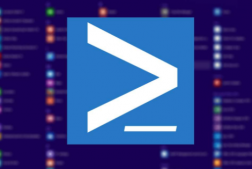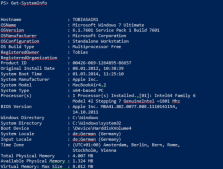下面例子使用Powershell线程运行了两个后台任务和一个前台任务,创建几个运行时间长点的任务,并且每个任务命令中添加使用Start-Sleep。
$start = Get-Date
$task1 = { Start-Sleep -Seconds 4; Get-Service }
$task2 = { Start-Sleep -Seconds 5; Get-Service }
$task3 = { Start-Sleep -Seconds 3; Get-Service }
# run 2 in separate threads, 1 in the foreground
$thread1 = [PowerShell]::Create()
$job1 = $thread1.AddScript($task1).BeginInvoke()
$thread2 = [PowerShell]::Create()
$job2 = $thread2.AddScript($task2).BeginInvoke()
$result3 = Invoke-Command -ScriptBlock $task3
do { Start-Sleep -Milliseconds 100 } until ($job1.IsCompleted -and $job2.IsCompleted)
$result1 = $thread1.EndInvoke($job1)
$result2 = $thread2.EndInvoke($job2)
$thread1.Runspace.Close()
$thread1.Dispose()
$thread2.Runspace.Close()
$thread2.Dispose()
$end = Get-Date
Write-Host -ForegroundColor Red ($end - $start).TotalSeconds
相继执行这3个任务从Start-Sleep中看至少需要花费12秒。但是这个脚本仅执行了5秒多一点。其结果保存为$result1, $result2和$result3。与后台作业对比,它在返回大数据用时将差不多。
文章出处:http://www.pstips.net/







